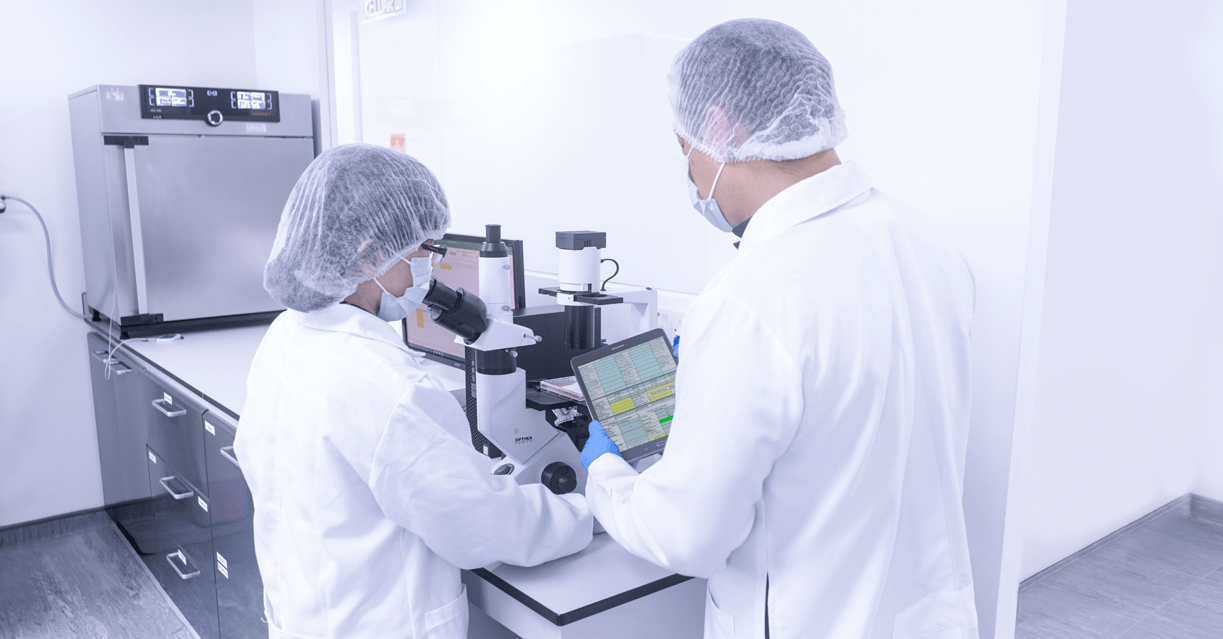06 November 2017
An Introduction to prEN 16777:2016 - Provisional Norm for Virucidal Activity in Surface Disinfectants
The introduction of prEN 16777:2016 heralds a better approach in testing the virucidal activity of surface disinfectants intended for use in the medical area.

In 2016, the European Committee for Standardization published prEN 16777:2016, a quantitative non-porous surface test for the evaluation of virucidal activity in disinfectants used in the medical area. Also known as phase 2 step 2 carrier test, the provisional test is currently pending approval from CEN members.
Manufacturers and testing laboratories in Europe had been solely relying on EN 14476:2013+A1:2015, a suspension test for the evaluation of virucidal activity in the medical area until the introduction of prEN 16777:2016. The in-vitro method however, is not the best method in validating the effectiveness of surface disinfectants in inactivating viruses.
This is because active ingredient molecules and viruses have a better chance of interacting with each other in a suspended state, making the process of inactivating viruses a likely occurence. In reality, viruses are covered in high organic soil such as blood and saliva in medical settings and they adhere to objects and surfaces, preventing them from being inactivated as easily.
For a test to be a valid means of measuring the antimicrobial tendencies of a surface disinfectant, it must be conducted in conditions that resemble real-life situations as closely as possible. This is attainable through phase 2 step 2 carrier tests developed to determine the bactericidal, yeasticidal and fungicidal activities of surface disinfectants. But the tests were never adapted for viruses until 2014 due to an uncertainty in the ability of viruses to withstand the drying process the tests call for.
In a carrier test, the test microorganism suspension is mixed with bovine albumin (for clean conditions) and sheep blood (for dirty conditions) and applied onto a stainless-steel disc known as a carrier. The carrier is left to air-dry to represent actual medical surfaces before the disinfectant is applied for the duration of the recommended contact time. The disc is then submerged into a neutralizer solution to stop the active ingredients from working beyond the contact time. A sample of the neutralizer is acquired, plated and incubated. To prove effectiveness, the product must achieve 4 log reduction.
prEN 16777:2016 when ratified, will complement EN 14476:2013+A1:2015 rather than replace it. The virucidal claims of a product must pass EN 14476:2013+A1:2015 test with Poliovirus, Adenovirus and Murine Norovirus and prEN 16777:2016 test with Adenovirus and Murine Norovirus. The carrier test however, does not include Poliovirus as the virus is not resistant to drying.
At Viroxy, have a team of experts who conduct tests based on provisional norms to ensure our customers’ businesses are not interrupted during the transition period. Are you waiting for the test to be ratified? Don’t.
Call us at +60 (0)3 2630 8888 to test your surface disinfectant according to prEN 16777:2016 today!
Download PDF file
